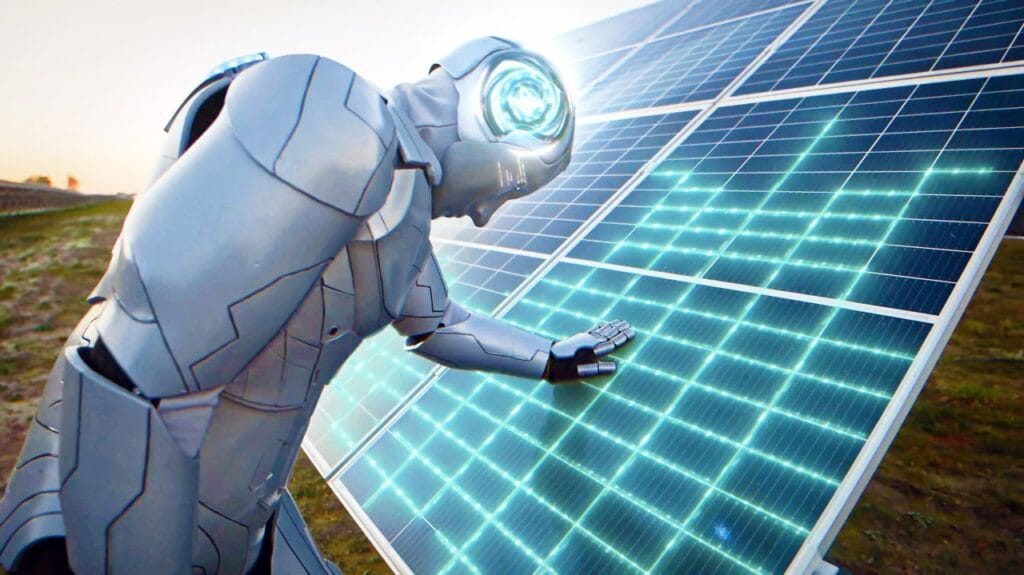As the use of artificial intelligence explodes, a report published by UNESCO in collaboration with University College London (UCL) sounds the alarm: AIs, particularly generative models, have become real electricity… and water sinks. Their water consumption could exceed that of Denmark by 2027, reaching between 4.2 and 6.6 billion cubic meters.
### An exponential growth in needs
The energy needs of the infrastructures that run AIs (especially large language models, or LLMs) are experiencing a dizzying increase: +12% per year since 2017, according to the International Energy Agency. In 2024, data centers consumed 415 TWh, almost as much as all of France (449 TWh). And according to UNESCO, these LLMs alone already represent 1.5% of global electricity consumption.
But the environmental footprint does not stop there. Water, essential for cooling servers and building infrastructures, is becoming a critical resource. Areas like Arizona are already seeing homes deprived of electricity to allow data centers to operate. Gas plants must be expanded, at the cost of increased pollution for local residents.
### Three levers to make AI more sustainable
In light of this situation, researchers at UCL propose three major avenues, tested on open-source models:
– **Use small specialized models** rather than a single general model: this could reduce consumption by up to 90%. A giant model is often called upon for simple tasks, causing unnecessary overconsumption.
– **Shorten queries and responses**: a more concise prompt, accompanied by a synthetic response, could reduce the electricity consumption related to an interaction by up to 50%.
– **Compress models through quantization**: this optimization technique reduces the model size without performance loss, thus decreasing consumption by up to 44%.
### An impending ecological crisis?
The race for AI is accompanied by unprecedented pressure on resources, particularly in countries most engaged in technological development. The report calls for a **reassessment of the current architecture of AI**, and a **strategic choice between raw performance and sustainability**.
For UNESCO, it is not about stifling innovation, but about **redirecting it towards responsible uses**. The issue is clear: while AI can address global challenges, it must not create new ones by depleting natural resources.


